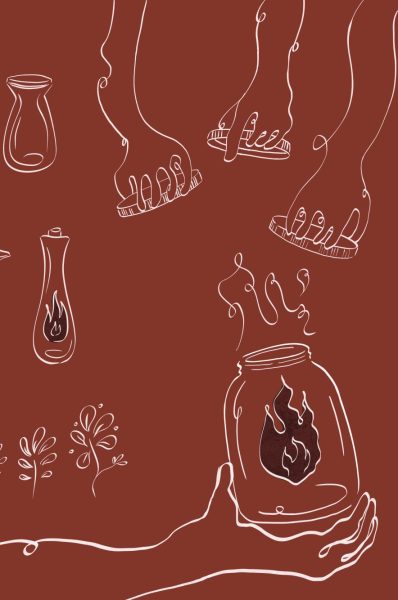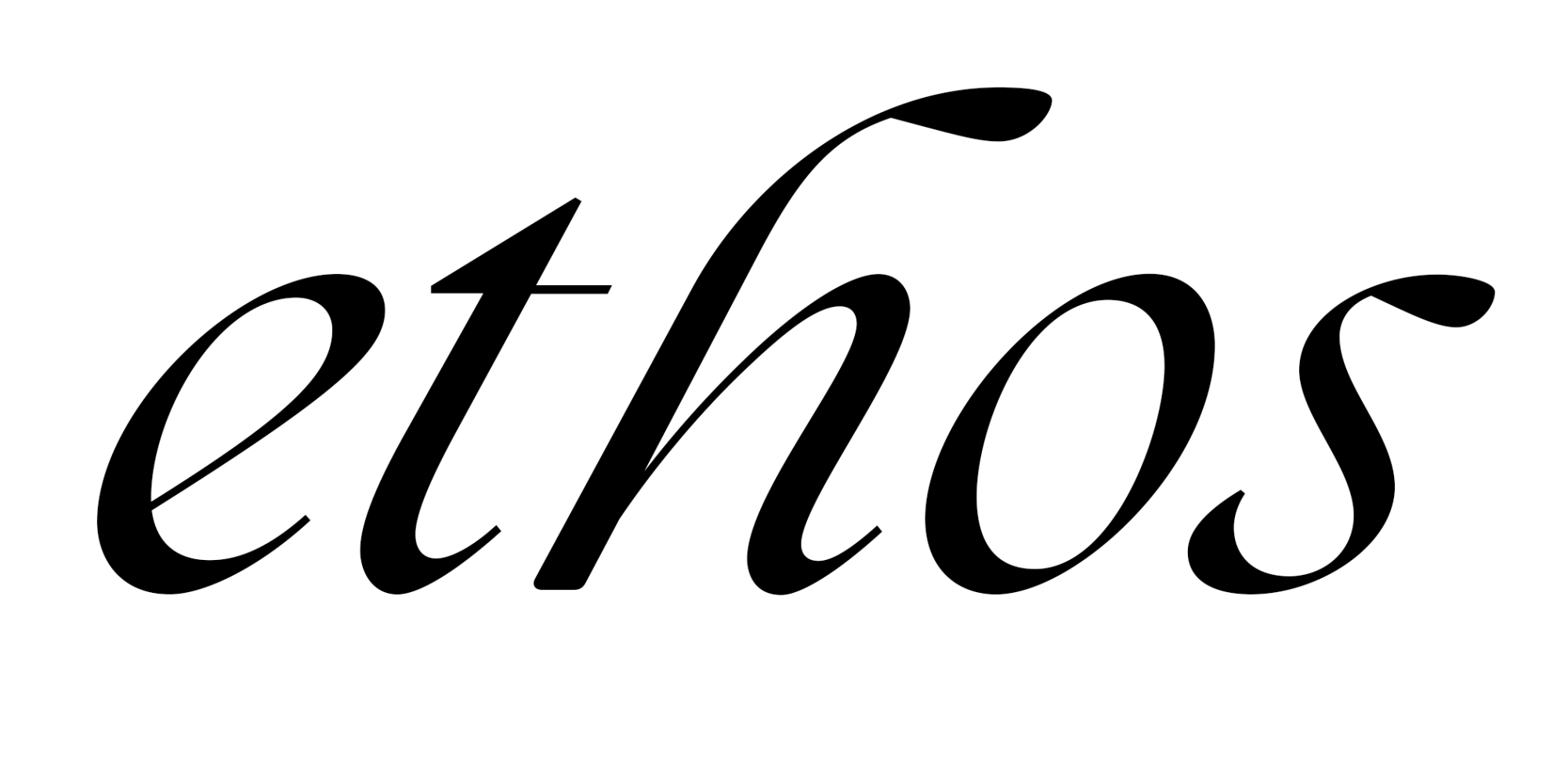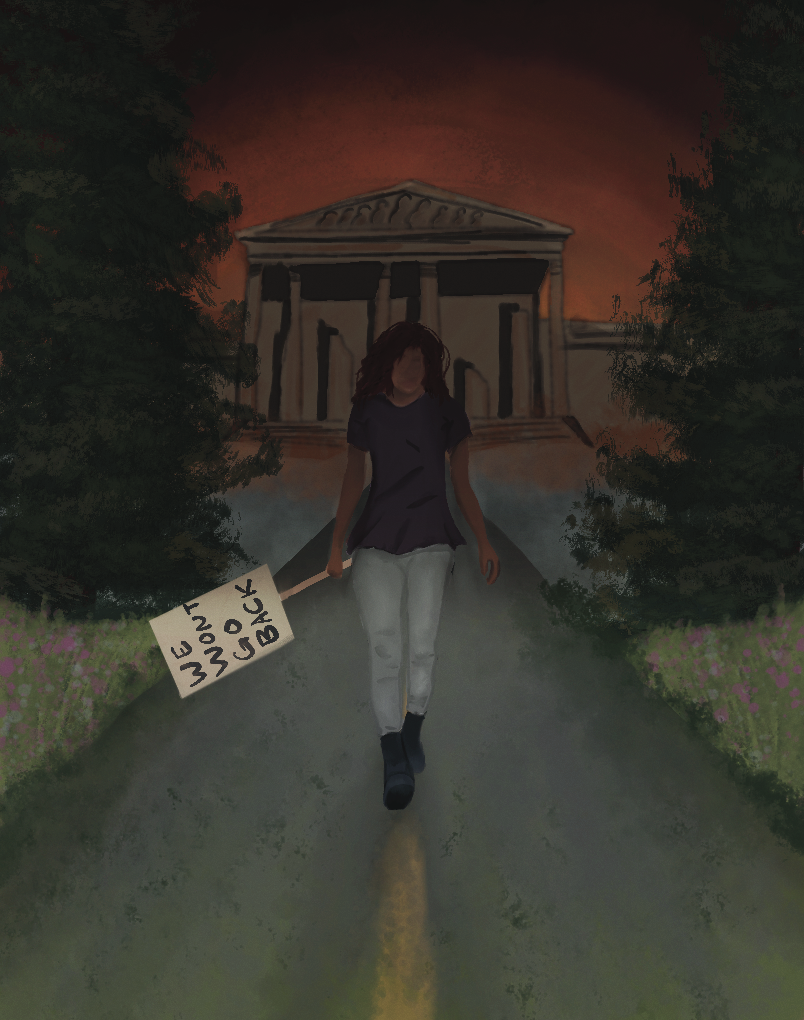In popular narratives, female rage is caught in a paradox — both fetishized and dismissed. It is romanticized as something dark and alluring, yet written off as mere hysteria, a hormonal impulse or a psychological flaw. It becomes a spectacle to be observed, even admired but rarely respected or taken seriously.
Consider “Girl, Interrupted” or “The Bell Jar,” which are works that capture this tension. Their protagonists — Susanna Kaysen and Sylvia Plath’s Esther Greenwood — are not allowed the dignity of righteous anger. Instead, their rage is medicalized, and their defiance is considered madness. Kaysen’s institutionalization in “Girl, Interrupted” becomes a perfect representation of how society deals with women who refuse to comply: label them “unruly,” strip them of agency, and lock them away (metaphorically). The concept of “angry woman syndrome” serves as a modern echo of this practice — a form of societal gaslighting that shifts blame onto women for the injustices wrought by systemic misogyny.
The shadow of hysteria lingers, its roots deep in the 18th century. Once a convenient diagnosis for any behavior that challenged societal norms, “hysteria” became both a cage and a weapon. Women’s grief, rebellion and anger were folded neatly into its framework, transforming legitimate emotions into perceived psychological flaws. Even now, while men’s anger is framed as strength — a catalyst for change — women’s anger is infantilized, or worse, eroticized.
Take the “Manic Pixie Dream Girl,” (think Clementine in “Eternal Sunshine of the Spotless Mind” or Summer in “(500) Days of Summer”) a sanitized version of female outrage, whose quirks and emotional outbursts are commodified for male consumption. She is chaotic, yes, but safely so, and never in a threatening way. Her anger softened into something whimsical, something solvable. She exists not for herself but as a narrative device for the male protagonist: her volatility is charming only when it entertains, her anguish only valid when it provides him with a lesson or a revelation. Should her rage grow too real, too loud or too inconvenient, she is promptly discarded.
One reason society struggles with unfiltered female rage is that it forces a reckoning—it challenges the status quo and calls attention to injustices that many would rather ignore. When women express anger, especially in response to systemic oppression, abuse, or marginalization, they are often met with deflection, ridicule, or dismissal. This isn’t just about silencing individuals; it’s about avoiding the responsibility of addressing the root causes of their rage.

If society fully acknowledged women’s anger as legitimate, it would also have to acknowledge the conditions that fuel it—gender-based violence, workplace discrimination, reproductive injustices, and countless other inequalities. That acknowledgment would necessitate action, change, and accountability from those who benefit from maintaining the current power structures. Instead, anger is often trivialized, reframed as hysteria, or repackaged into something palatable—because confronting it head-on means accepting complicity in the systems that perpetuate harm.
In short, female rage is disruptive because it demands justice. It insists that harm has been done and that someone must answer for it. The fear of that reckoning is why society finds it easier to dismiss, aestheticize, or demonize women’s anger rather than sit with its truth.
Why can’t women’s rage simply exist, raw and unfiltered, without being molded into something more acceptable? Anger is a natural human response—so why is it that when men express it, they’re seen as powerful, while women are told to soften or justify theirs? Men’s rage often sparks action, forces reckoning, and drives change. Why is women’s anger so often deflected, diminished, or ignored?
As Joan Didion wrote in “The White Album,” “We tell ourselves stories to live.” But what happens when those stories deny the reality of female anger, framing it instead as hysteria? The time has come to rewrite those narratives — to demand that rage, in all its forms, be recognized as not just a symptom, but a power.






![[Photo Courtesy of the Lara Family]
Ruben embraces his beloved childhood goat, Katrina.](https://ethos.dailyemerald.com/wp-content/uploads/2025/05/katrina-1-1060x1200.jpg)










